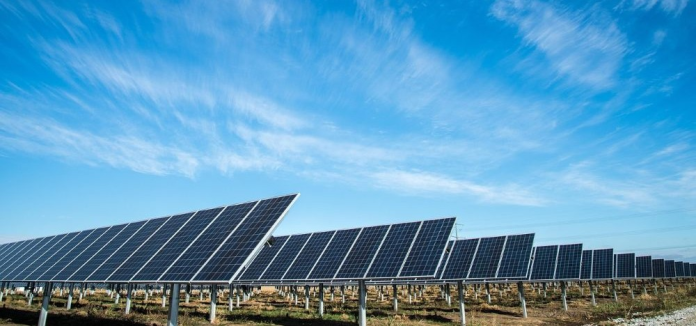
More than three-quarters of climate indicators are heading in the right direction, but progress is alarmingly inadequate, says new report.
The latest State of Climate Action 2025 report, which translates the Paris Agreement temperature goal into actionable targets for 2030, 2035 and 2050 across the world’s highest-emitting sectors, has revealed that while the ten years following the adoption of the Paris Agreement have seen the transition to net zero emissions take off, there’s still a long way to go.
According to the report, across every single sector, climate action has failed to materialize at the pace and scale required to achieve the Paris Agreement’s temperature goal. None of the 45 indicators assessed are on track to reach their 1.5°C-aligned targets by the end of this decade.
Last year, coal use hit a record high around the world despite efforts to switch to clean energy, jeopardising international attempts to reduce global warming. Although the share of coal in electricity generation dropped as renewable energy increased rapidly, the general increase in power demand globally meant that more coal was used overall.
Key highlights from the State of Climate Action 2025 report include: –
- Ten years since the Paris Agreement was signed, the report card on climate action shows that global efforts across the highest-emitting sectors fall far short of what’s needed to limit warming to 1.5 degrees Celsius.
- While progress is heading in the right direction for most of the 45 indicators assessed, none are on track to achieve 2030 targets compatible with this temperature goal. The pace of change is promising, albeit still too slow, for six indicators and at well below the required speed for another 29. For five indicators, trends are heading in the wrong direction entirely. Data is insufficient to evaluate the remaining five.
- Several bright spots underscore that rapid change is possible. Private climate finance has increased sharply, shifting from well off track to off track. Solar is the fastest-growing power source ever and nascent innovations like green hydrogen saw meaningful one-year gains.
- However, such positive changes have occurred alongside far more troubling trends. For electric vehicle sales, the only indicator previously on track, growth has slowed, such that progress is now off track for 2030. Efforts to reduce coal-fired power and deforestation remain well off track for multiple instalments in a row. And even consistent year-on-year growth in renewables is not enough, as, with each passing year, the pace of change needed to get on track for 2030 increases.
- An enormous acceleration in effort is needed across every sector. By 2030, for example, electricity generated from unabated gas needs to be phased out seven times faster, declines in deforestation need to accelerate ninefold and growth in total climate finance needs to increase four times faster.
In its conclusion, the report calls for bold leadership to address the climate crisis. “Although past years have seen growing public demand and ever more proven solutions at hand, the world is still lacking bold leadership – and time. Most indicators assessed in this report are moving in the right direction, albeit far too slowly. To turn these sparks of hope into a firestorm of change, we must not retreat. Instead, now is the moment to rise with resolve and turn scattered gains into systemic change that delivers for everyone.”
Click here to download the State of Climate Action 2025 report.

















